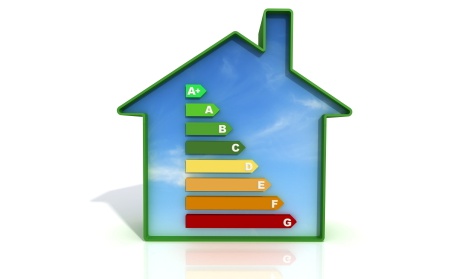- 1908
- Centre for Applied Philosophy, Politics and Ethics
- Waste and Energy Research Group
- Aggregating the Student Voice
- Aesthetics of protest: Visual culture and communication in Turkey
- Barrier Solutions
- BRIDGE (Building Research & Innovation Deals for Green Economy)
- Breathing City
- Brighton Fuse ‘Fusebox’ Knowledge Exchange Project (2014-15)
- Brighton Fuse
- brightONLINE
- Community 21
- Community Media 4 Kenya
- CETLD
- Continuous Productive Urban Landscape
- Culture, Sport and Wellbeing - What Works for Wellbeing Programme
- Digital Policy: Connectivity, Creativity and Rights - ESRC Seminar Series
- Designing for the Future
- Digital Archaeology:
- Drawing Research Interest Group (DRIG)
- Drawing as a pedagogical tool
- Drawing research
- Discovering Digital Me: Forging Links across Digital Identity, Digital Literacy and Digital Economy (2011 - 2013)
- E-ARK
- Edible Campus
- FutureCoast - FutureCoast Youth
- Flax – Increasing its Value for Society
- Graphic Brighton
- Here Today - Moving Images of Climate Change
- Healing War Through Art
- Hide
- ISEA
- The Role of Iconicity in Language Learning
- Improving Exercise Devices for Patients with Rheumatoid Arthritis
- Innovation for Renewal (IFORE)
- INTERREG IVA ProjectFlax
- Invisible Machines
- LGBT Queer Life Research Hub
- LiVi
- MacDonald Gill
- Mobility of the Line / Utility of the Line
- Networks - Subject Centre Magazine
- Networks
- National Recording Project - Sussex
- Our Dancing Feet: Regent Dancehall/Wintergarden
- Postgraduate Design History Society (PDHS)
- Placemakers Space
- Portland Sculpture and Quarry Trust: Memory Stones
- Ryerson Brighton image exchange
- Research news archive
- Silver Stories
- sKINship
- Smart e-bikes
- StoryA | STORY Abroad
- Structural Health Monitoring System (SHMS) for earthquake zones
- Tempus Esprit
- Transnational perspectives on women's art, feminism and curating
- The Centre for Screendance
- The Craft of the Woods: A New Cultural History of the British Woodcraft Movement
- The Design Education Association
- Traces of Nitrate
- Tempus CORINTHIAM
- Tempus IDEA
- Urban Transformations Pathways from Practice to Policy
- VI-Suite
- Visual Learning Project
- The People's Pier: The popular culture of pleasure piers and cultural regeneration through community heritage
Home » Projects archive » Waste and Energy Research Group » Energy » Display Energy Certificates
Display Energy Certificates

Do you need to display a DEC?
If you are a public authority or an institution that occupies or part occupies a building and you provide a public service to a large number of people who also visit the building then you are required by law to display a DEC. Currently, this applies to buildings with a gross internal floor area equal to or greater than 1000 m2 however buildings with a floor area of 500 m2 may also soon require them.
What will the DEC tell you?
The DEC will be accompanied by an Advisory Report. The DEC will provide you with an energy rating for your building from A to G, where A is very efficient and G is the least efficient. The DEC has to be renewed annually. The Advisory Report (AR) will provide you with set of recommendations that will help you improve the energy performance of your building. The AR is valid for 7 years.
WERG has produced DECs since the inception of this legislation and has accredited energy assessors who are also CIBSE registered Low Carbon Consultants who can issue you with a DEC and Advisory Report.


